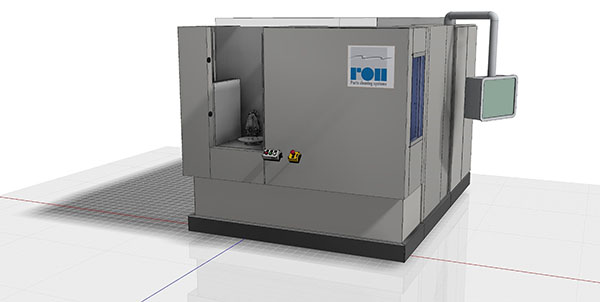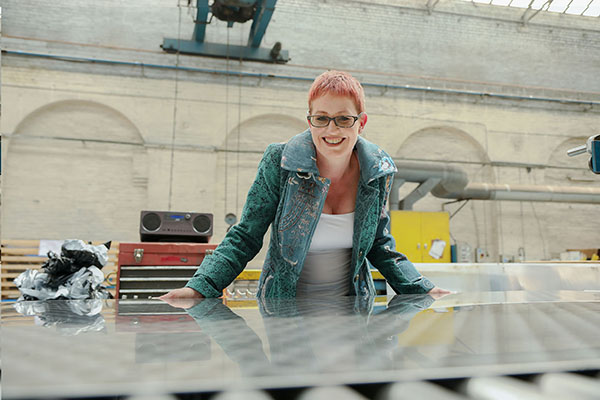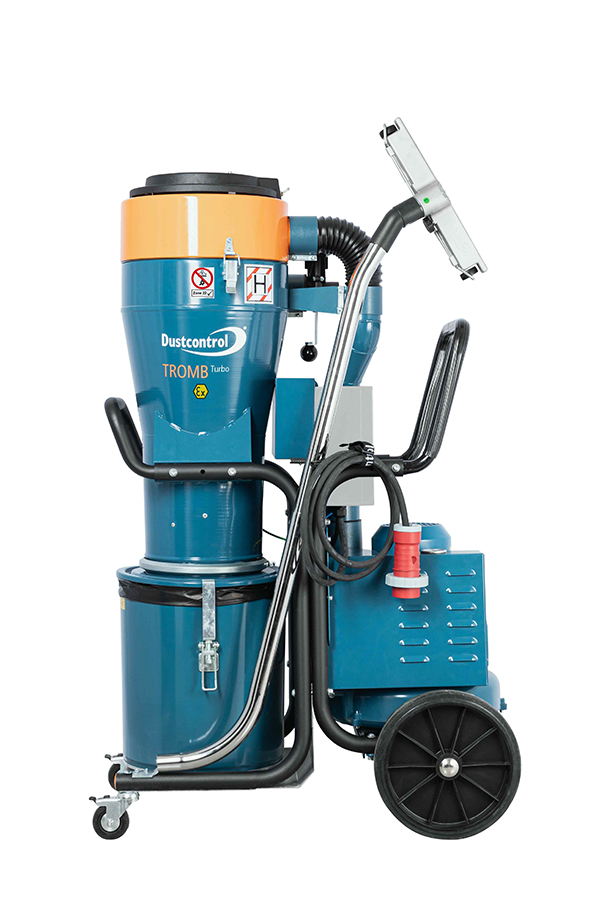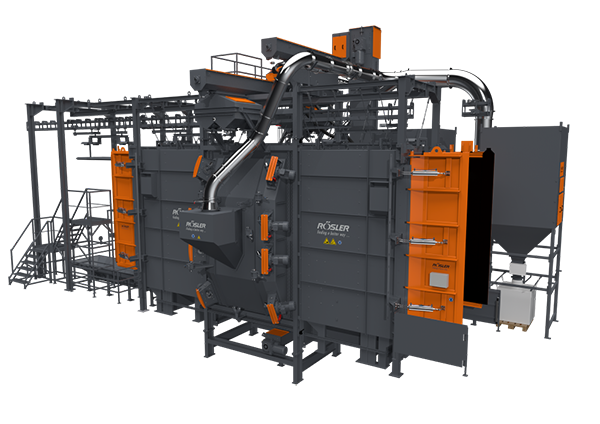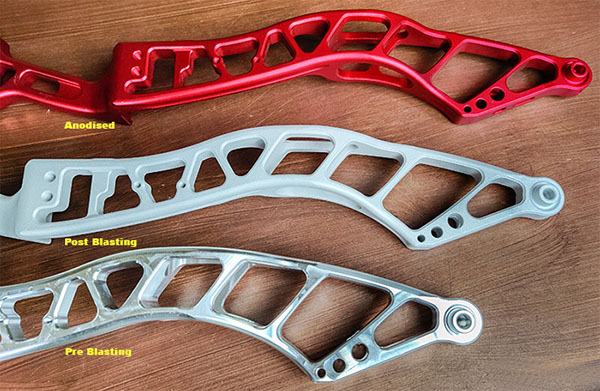
With its new high-pressure waterjet deburring system FlexJet HD, Karl Roll GmbH has developed an efficient solution for deburring and cleaning in one work step. Burrs and chips are easily removable, along with welding beads and layers of paint and scale. Individually adapted nozzle systems guarantee a high degree of workpiece versatility and, at the same time, high precision for reproducible results.
Deburring machined components is a challenge due to areas that are difficult to access, such as internal and intersecting holes, deep and small holes, undercuts, and blind holes. Karl Roll GmbH has developed the FlexJet HD series for these tasks. The system enables deburring and cleaning with a water pressure of around 500 bar in one work step.
The rotary table integrated in the treatment chamber of the new system can accommodate components with a diameter of up to 450 mm and a maximum height of 550 mm, while the maximum workpiece weight including the clamping device is 100 kg. These capacities make it possible to handle, for example, an engine block for a four-cylinder engine or several small parts.
For a precise and reproducible result, the workpiece can be rotated during the process as required and moved along the X axis. At the same time, the nozzles can move along the Y and Z axes. It is also possible to direct the water jet flat for deburring and cleaning larger surfaces.
State-of-the-art control technology positions the CNC axes. Users can program the process sequence offline using G-code and a teach-in solution via a 15-inch control panel. There is also the option of programming with a handheld terminal.
For further information
www.karl-roll.de






